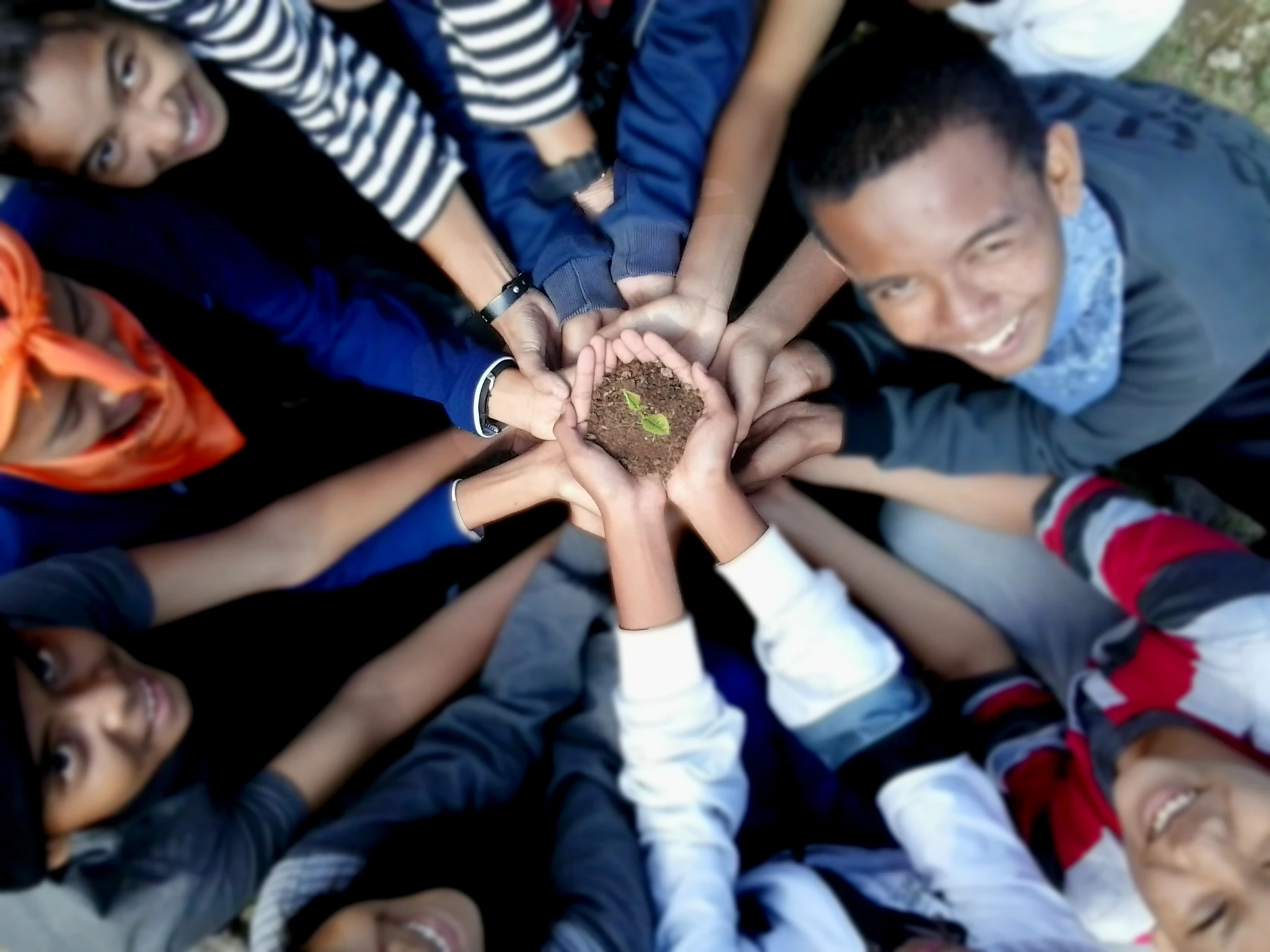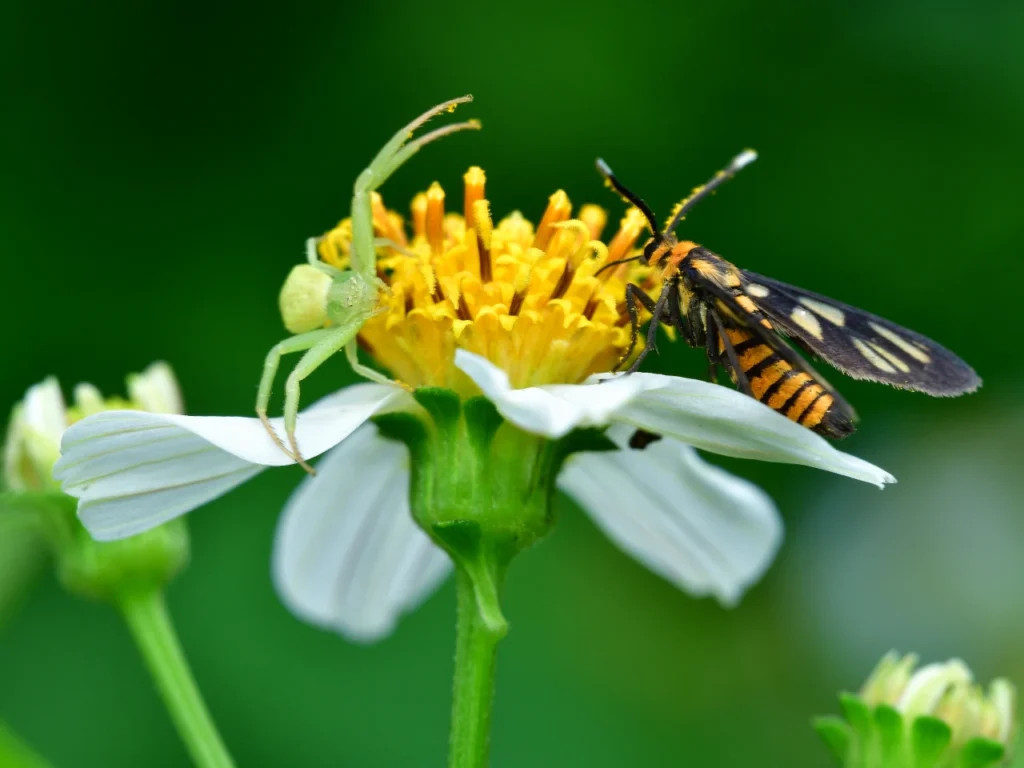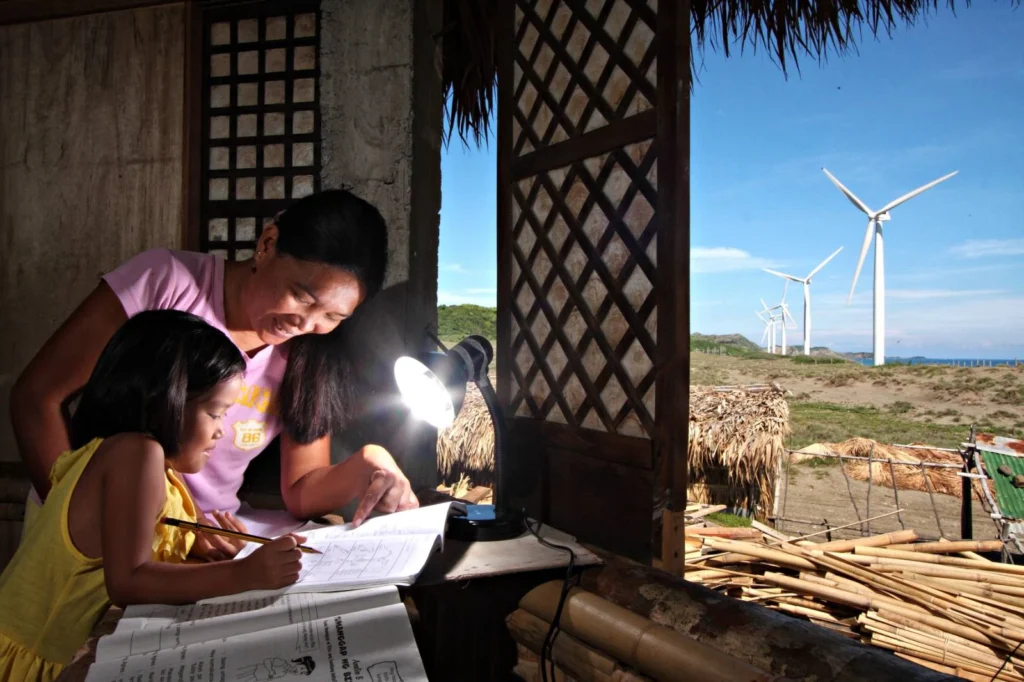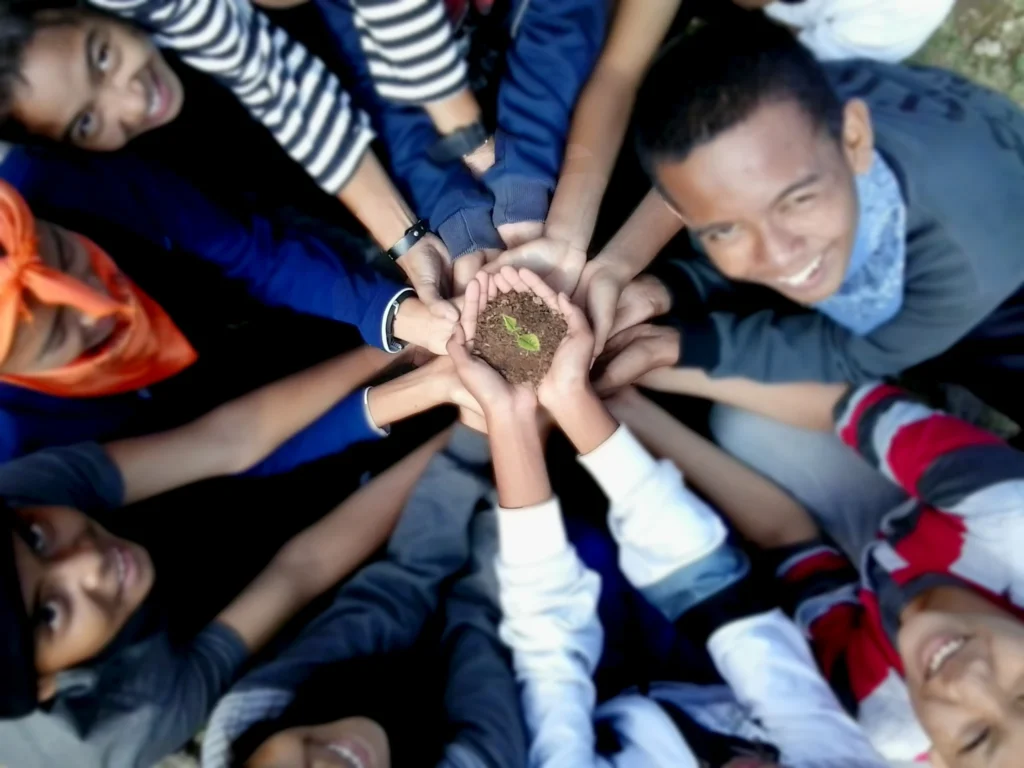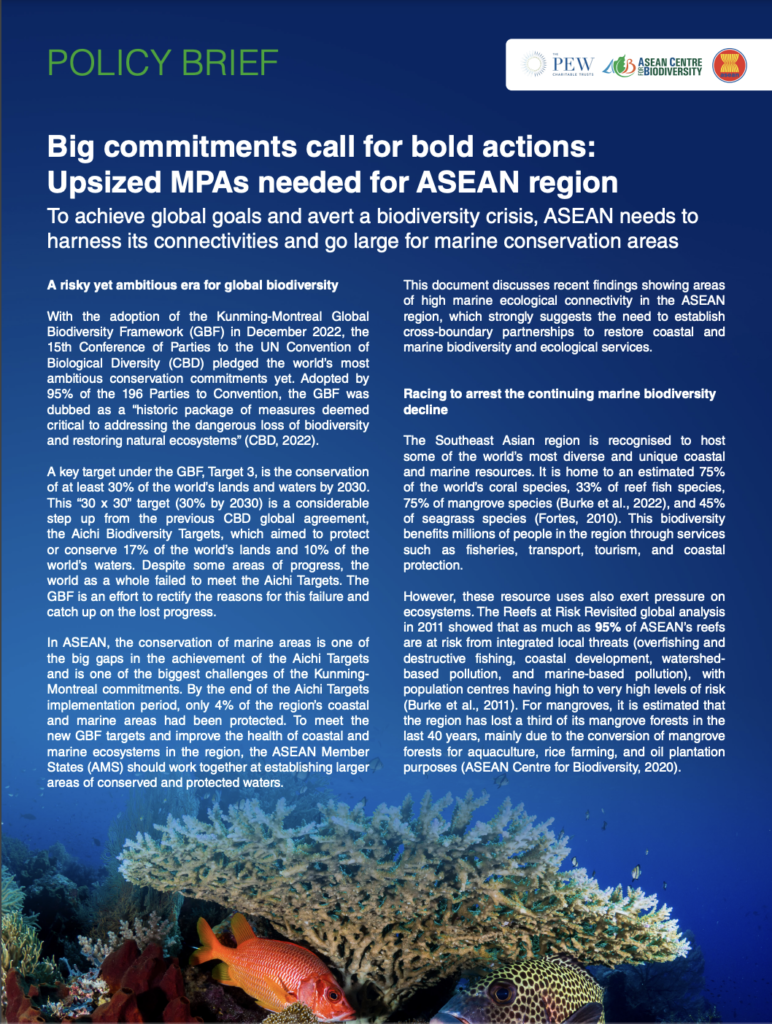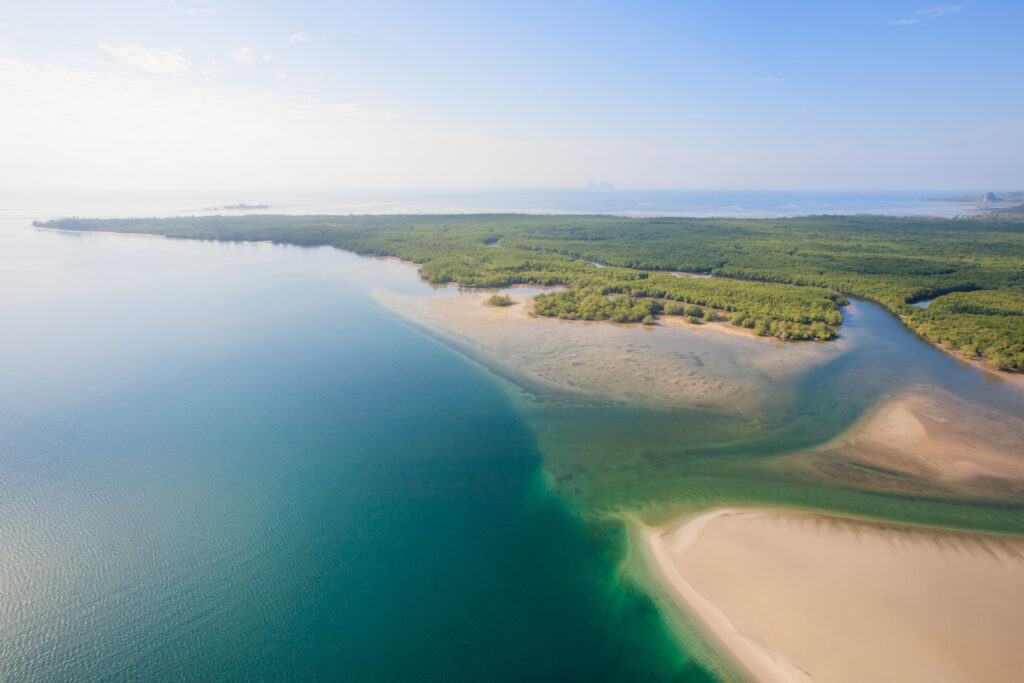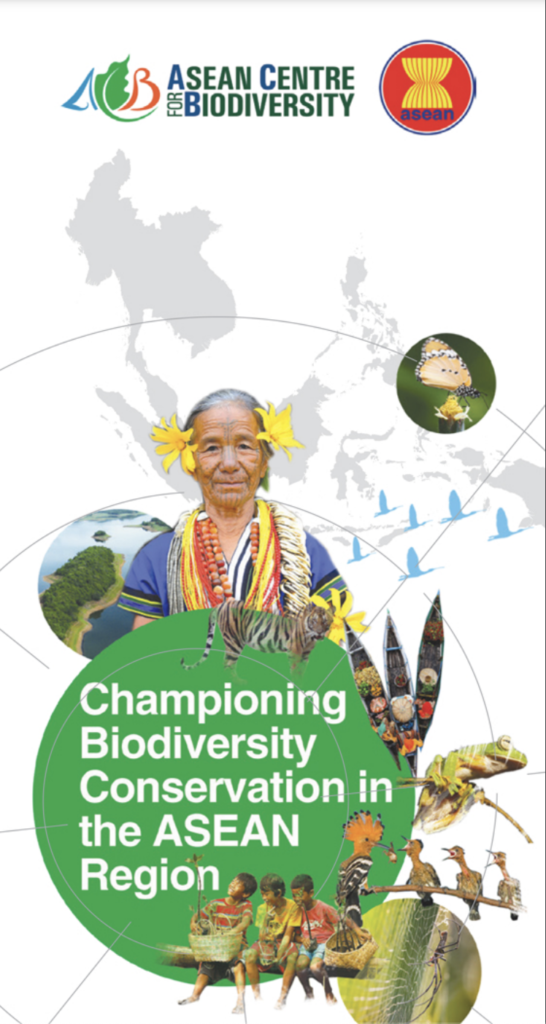Using a programmatic approach to capacity development, the ACB will implement capacity building activities based on identified needs of the AMS. From these identified needs, the ACB will design and implement capacity building programmes that incorporate good practices identified from related programmes and projects.
The ACB will conduct the following capacity building programmes:
- Biodiversity conservation and mainstreaming biodiversity. This will cover training of AMS on protected area management, law enforcement, ecosystem and species conservation, ecosystem restoration, livelihood improvements, transboundary management, valuation of resources, taxonomy, integrated coastal management, access and benefit sharing, and emerging biodiversity-related issues such as synthetic biology and digital sequence information.
- Biodiversity information management. This will include developing AMS capacities on data organisation and management and information sharing. These training courses aim to improve national capacities to maintain and manage national CHMs and properly organise biodiversity information collected from AHPs.
- Communicating biodiversity. The ACB will implement capacity-building activities for information officers, media representatives, advocates on social media, and ACB communication staff on various contents, messaging style, treatments, and formats on communicating biodiversity and its conservation.
- Experiential Learning Programme. The Centre will continue to provide targeted assistance to the AMS through the Experiential Learning Programme (ELP). The learning approaches in ELP include showcasing different conservation practices that establish effectiveness of protected areas through field visits or study tours, and interacting with key stakeholders in selected protected areas. The ELP is a useful platform that enables the AMS to learn from and share experiences with counterparts in ASEAN on various issues related to biodiversity conservation and management. This experiential learning package targets senior and mid-level managers of AMS involved in protected area management and biodiversity conservation at national and local levels.
- ASEAN Youth Biodiversity Programme (AYBP). The importance of youth involvement is globally acknowledged and reflected in decision XI/8 of the CBD as well as the KM GBF, to include youth and other non-state actors in all relevant processes and specifically in the implementation of the KM GBF and in national biodiversity strategies and action plans. The objective of the AYBP is to have ASEAN youth be recognised and involved in biodiversity conservation policies and implementation at all levels. The programme also provides capacity building for ASEAN youth to actively participate in biodiversity policy decision-making processes at all levels; strengthen youth-led implementation of NBSAPs and achievement of global goals; builds youth communities passionate for biodiversity; and engenders appreciation among decision-makers on the youth’s potential to contribute meaningfully.






















